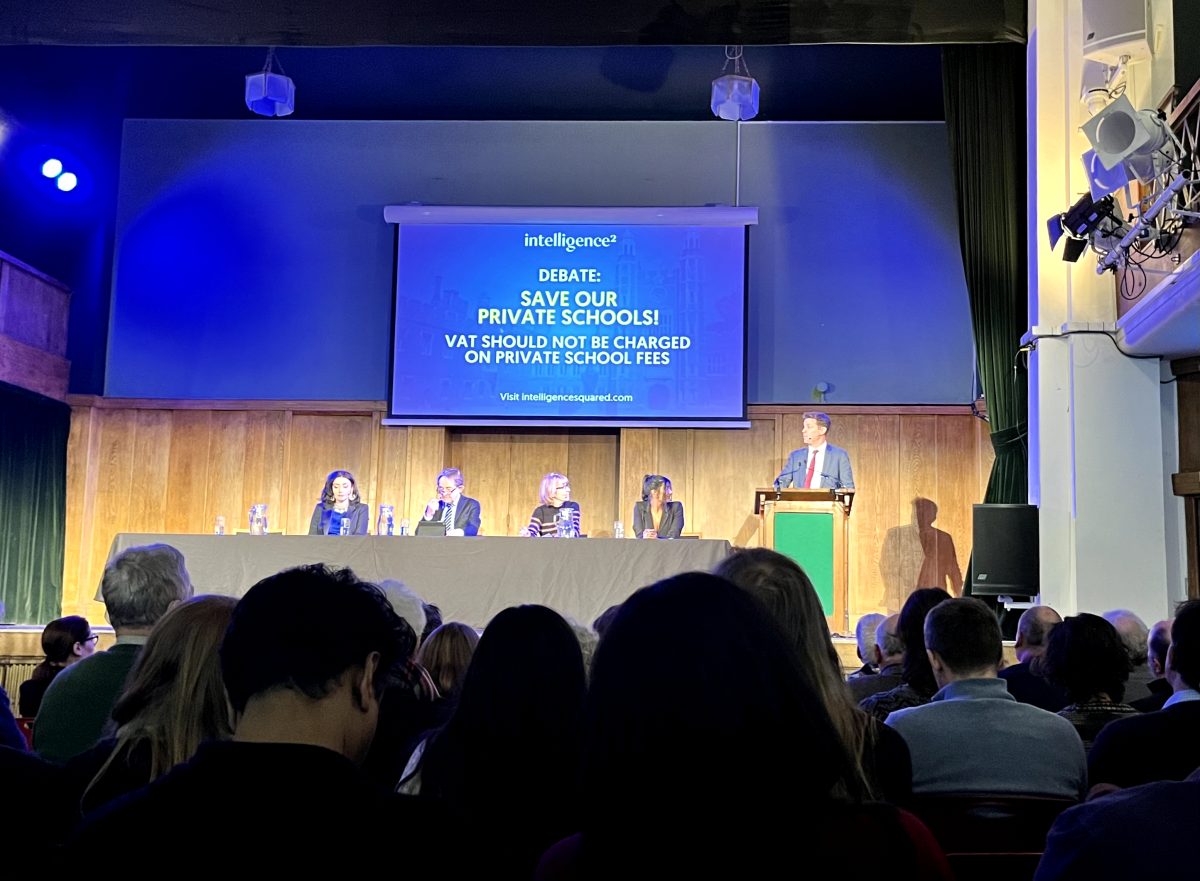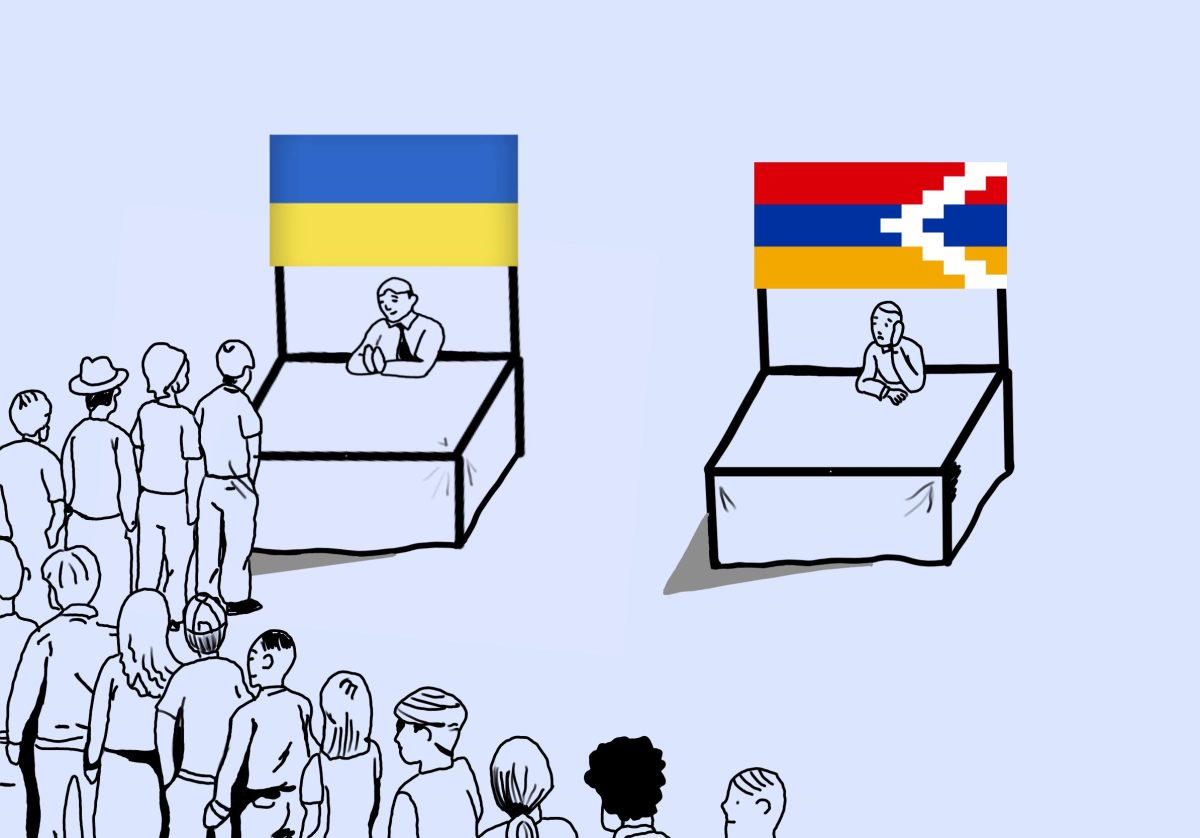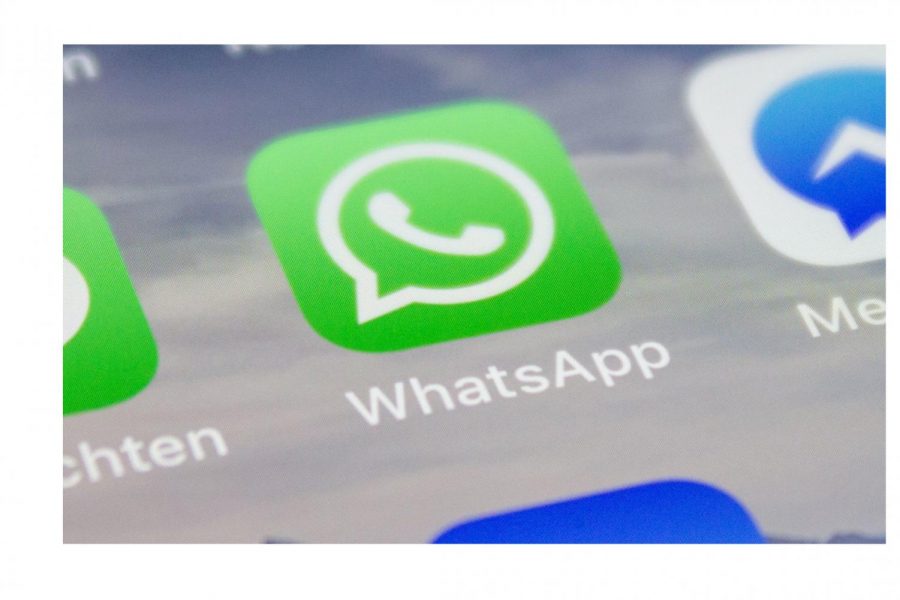Are you reading this during a Zoom call, while watching a movie or while walking home? Is this article just another distraction in your life that has been caused by technology?
With the recent rise of technology, we tend to overlook the glaring issue of distraction, especially among teenagers.
Every day, I spend hours mindlessly scrolling through TikTok, watching Netflix or checking my notifications before realizing that I had previously been working on homework and lost track of time.
At school, I notice others doing the same. Students’ lives are full of unavoidable distractions, and technology is one of the largest contributors.
While technology has provided various benefits and opportunities to maximize efficiency, it has also given a dozen other ways to reduce our productivity and negatively impact our lives.
Almost all forms of technology play a significant role in limiting the productivity of students, most pointedly social media. Platforms such as Snapchat, Instagram and TikTok such as Snapchat, Instagram and TikTok present students with endless opportunities to waste time on activities that are not beneficial to their learning.
Students’ lives are full of unavoidable distractions, and technology is one of the largest contributors.
These platforms, among other programs, make teenagers more susceptible to excessive use of technology, which often goes unnoticed.
It may seem as if taking a few minutes to respond to a text or check an Instagram feed is insignificant, but in reality, it can lead to spending more time on social media. Checking your phone while working increases your chances of becoming even more distracted and remaining on your phone for longer than anticipated.
In fact, according to an article written by “The Muse,” it takes 23 minutes to fully recover from a distraction. If you add 23 minutes to the amount of time you become distracted, you will end up with a large amount of time lost. Essentially, spending five minutes checking Instagram is not just five minutes of lost concentration, but 28.
This concept also applies to students at ASL, as we constantly experience the expense of wasting an immense amount of time because of a technological distraction. This is simply because of how often we are exposed to these costly distractions through our environment.
However, sometimes distractions are so minuscule that we struggle to recognize them. I have observed many of my peers with multiple tabs open, attempting to tackle various tasks at the same time.
I have also noticed students taking countless breaks while working to participate in an irrelevant activity, such as online shopping or messaging. The expectation is that students will indulge in these activities as if they are helpful instead of treating them as negative and harmful uses of time. All of these incidences begin with a simple distraction that turns into a habit, which becomes hours and hours of time lost.
This pattern of distraction often turns into something that teenagers do without thinking.
When having conversations with my friends at school, something that is often brought up is, “I didn’t do any homework because I spent my night on TikTok,” or, “I started my homework at 5 p.m. but had nothing completed by 10 p.m. because I was on my phone the entire time.”
Students frequently lament their lack of sleep, excess amount of stress and development of time management problems, which are all induced by this “loop” of technological distractions.
Next time you sit down to work on a project, study for a test or complete a homework assignment, place your phone in the other room or in a location that does not draw your attention. This will maximize your productive time and significantly reduce the number of distractions you experience.
This pattern of distraction often turns into something that teenagers do without thinking.
Additionally, some apps and programs help students use technology to their advantage by staying on track but still maximizing efficiency. OffTime, Space and Forest are apps that aid students in their goal to reduce the amount of distractions that they experience while working. Programs on the laptop such as Freedom, StayFocused and Limit all provide the same use.
If everyone decides to make conscious decisions and take actions to reduce their use of technology, they will in turn become less distracted. Going forward, I intend to limit technological distractions in my own life by switching off all alerts and deleting the apps and programs that I find myself wasting the most time on.
I also plan to put my phone in the other room while completing homework.
Choosing to use your knowledge about how technology influences productivity will reduce the number of distractions that students experience.






